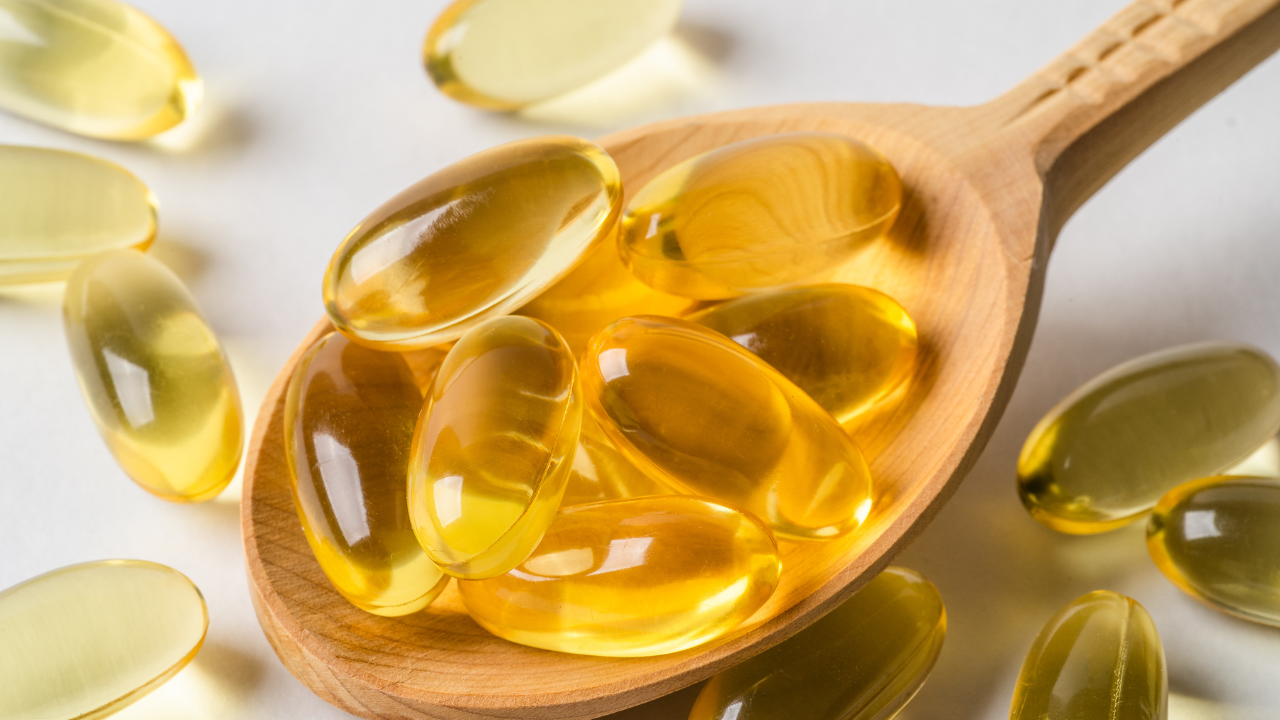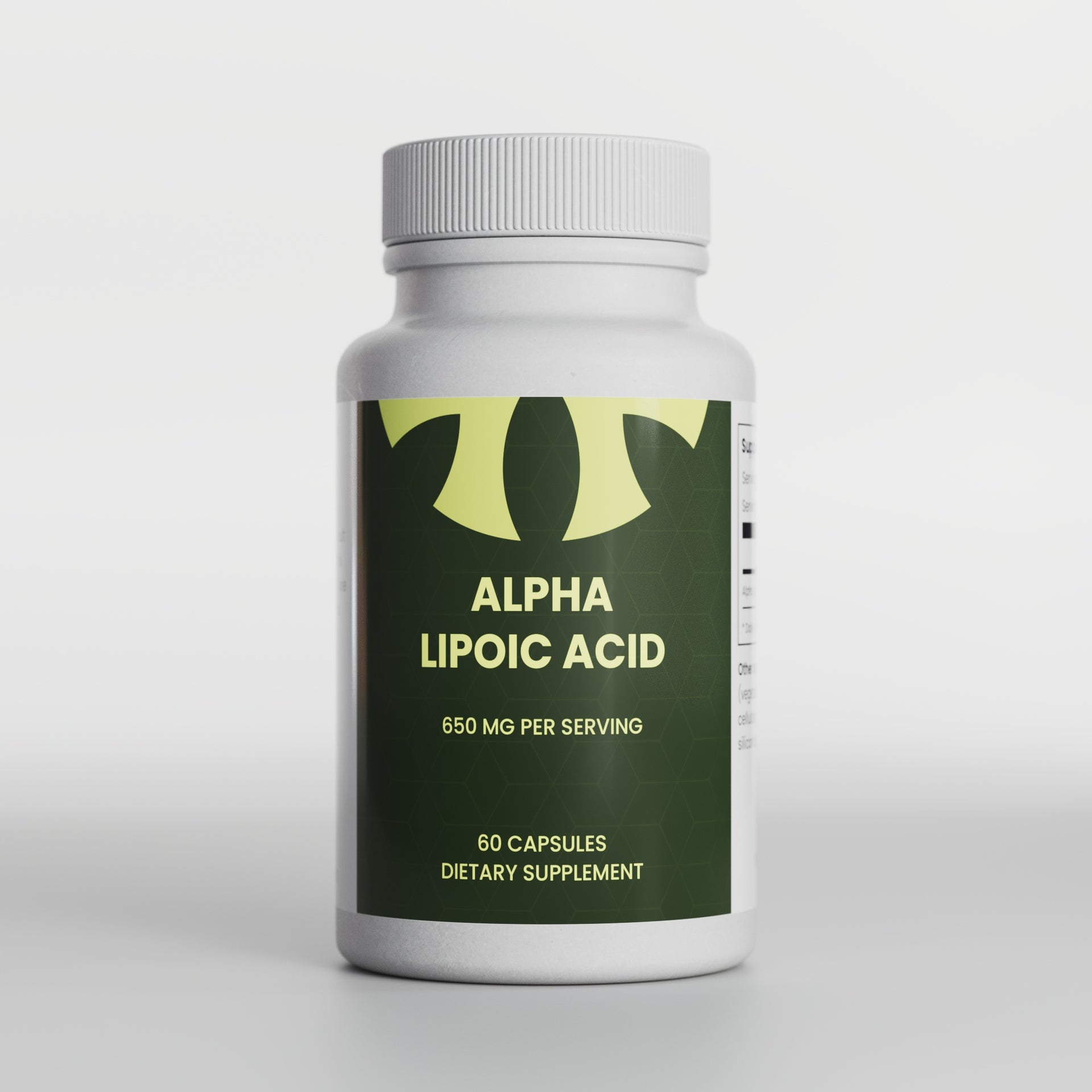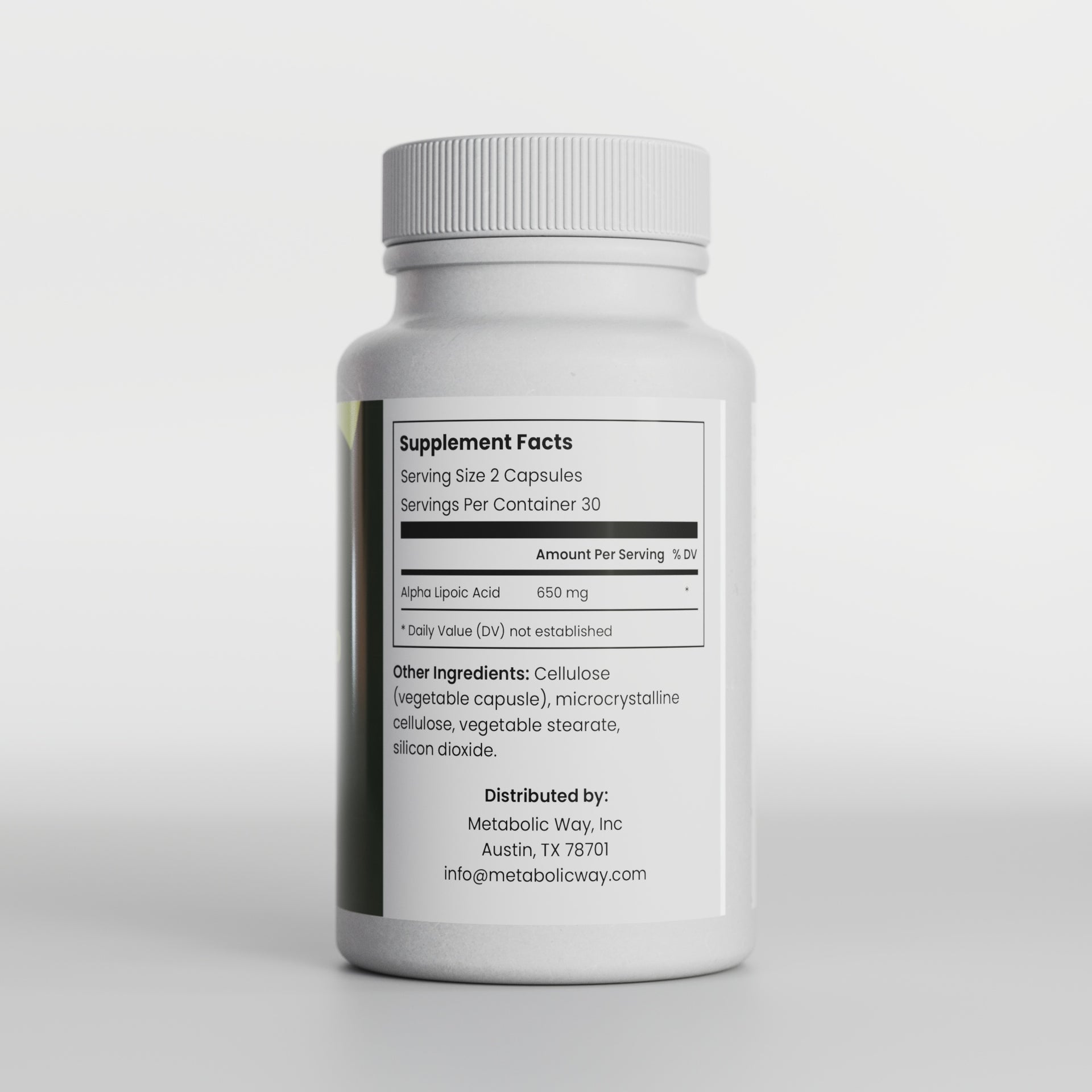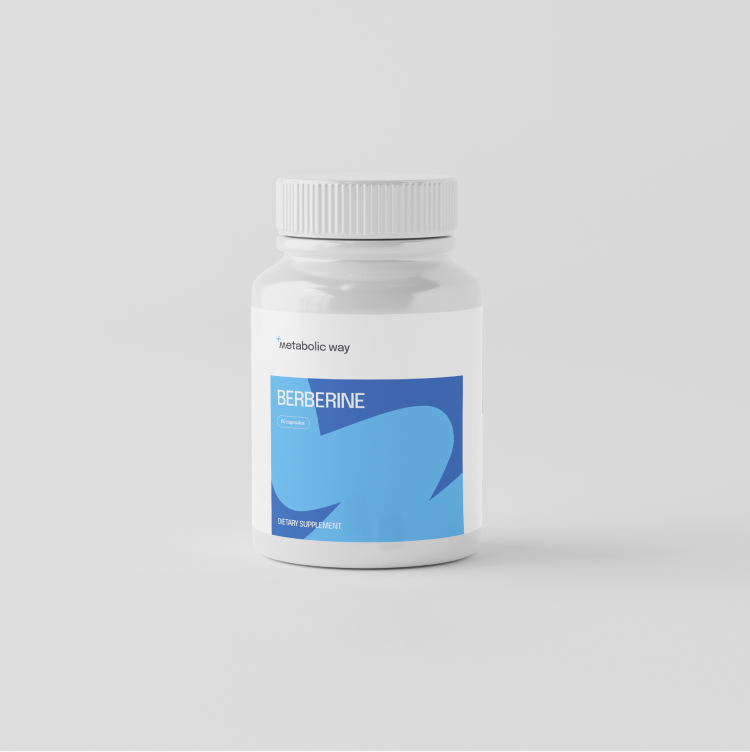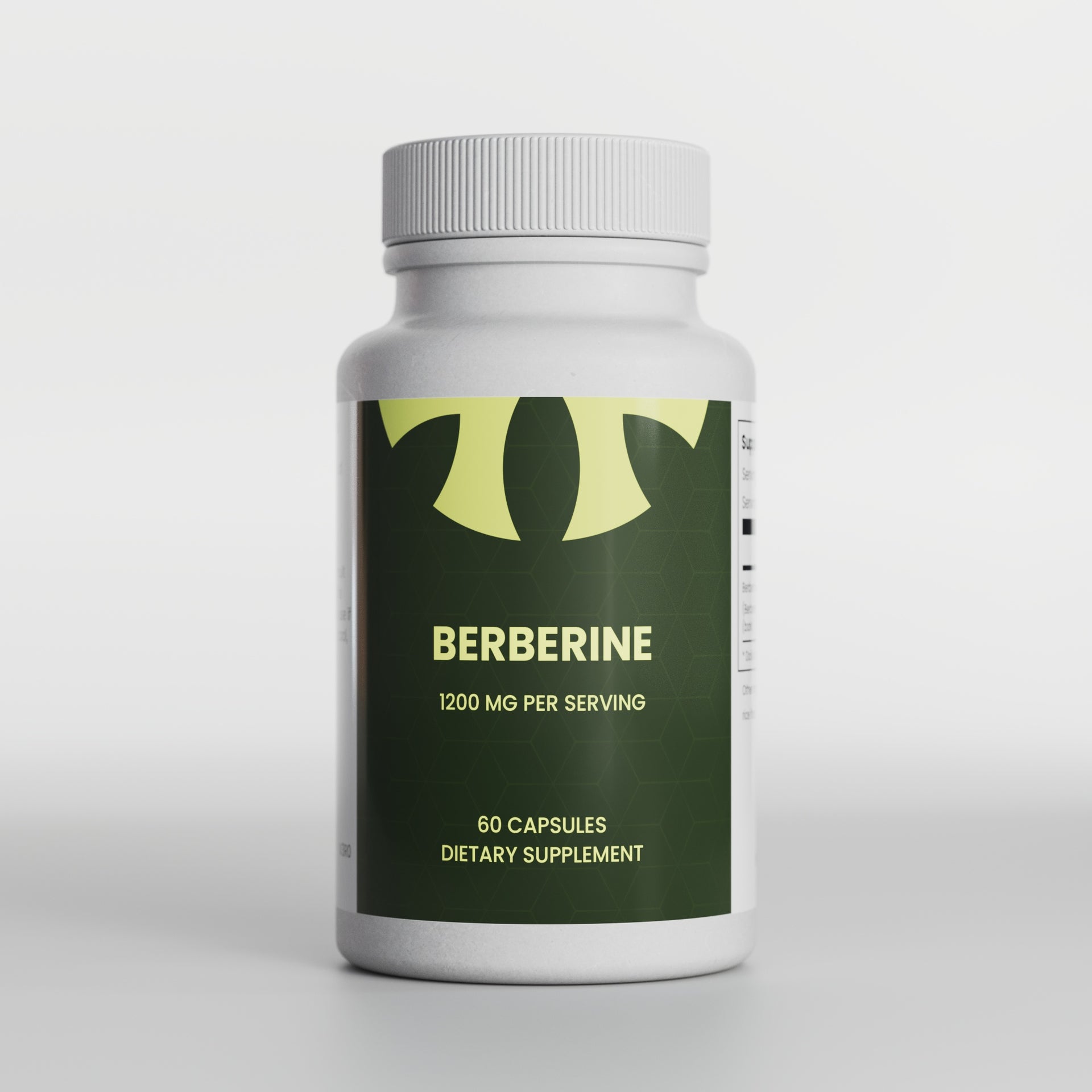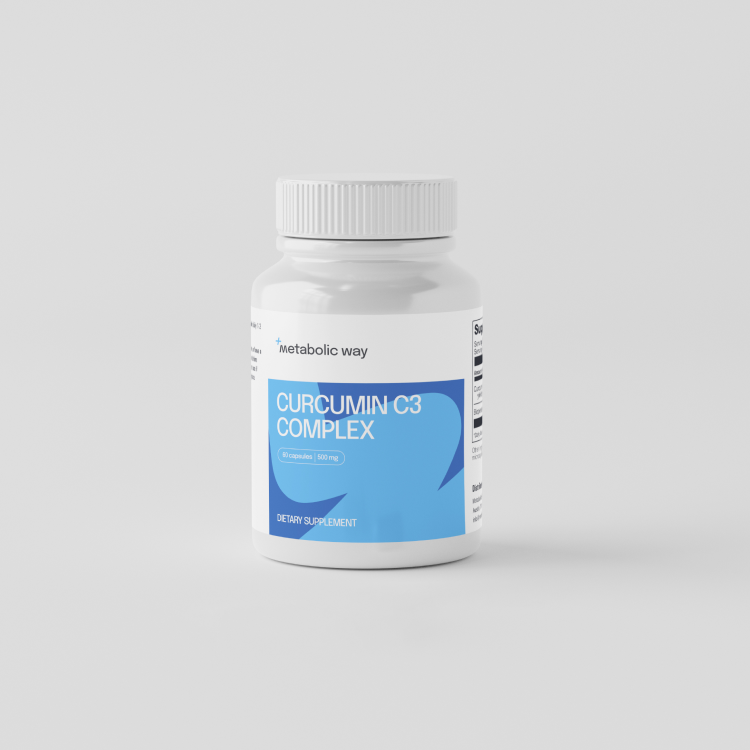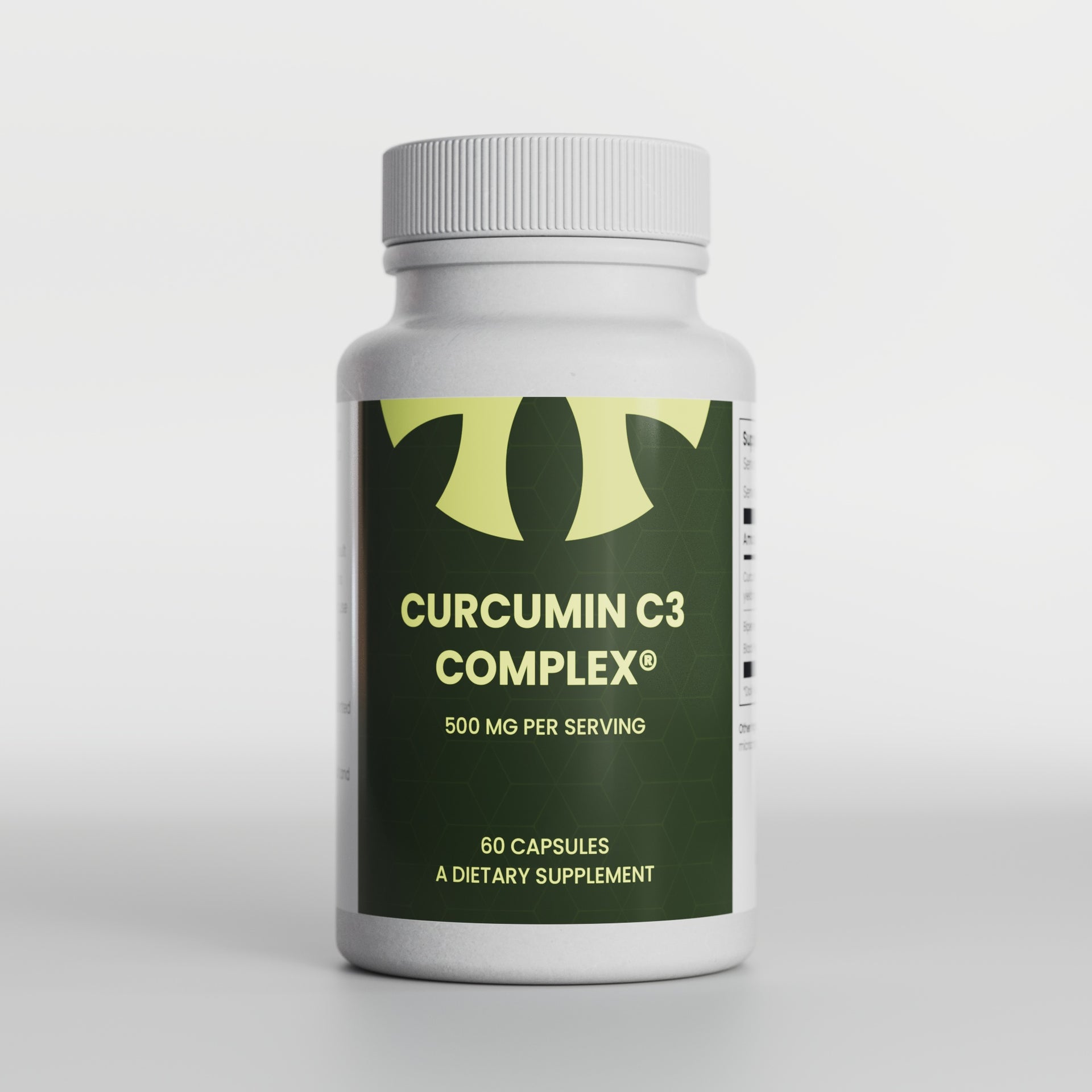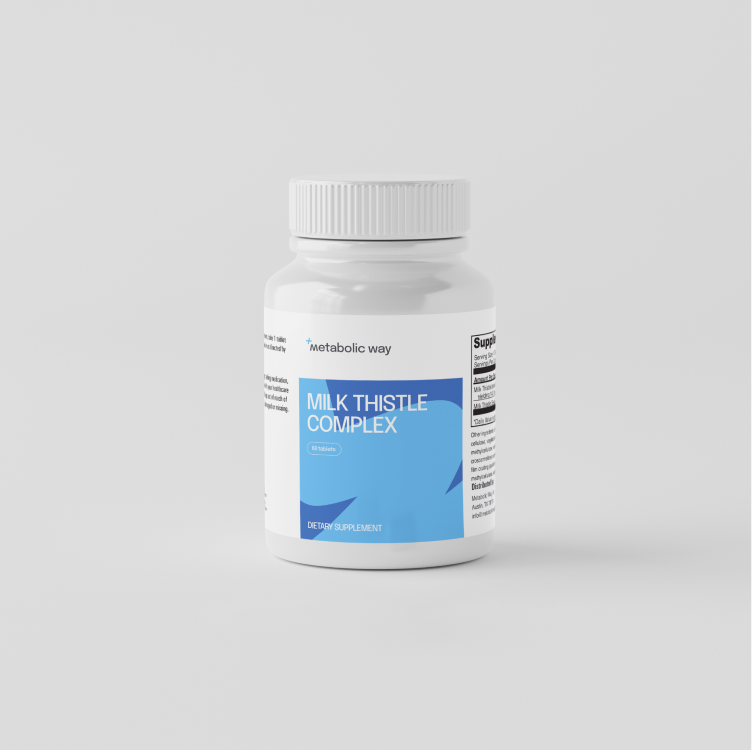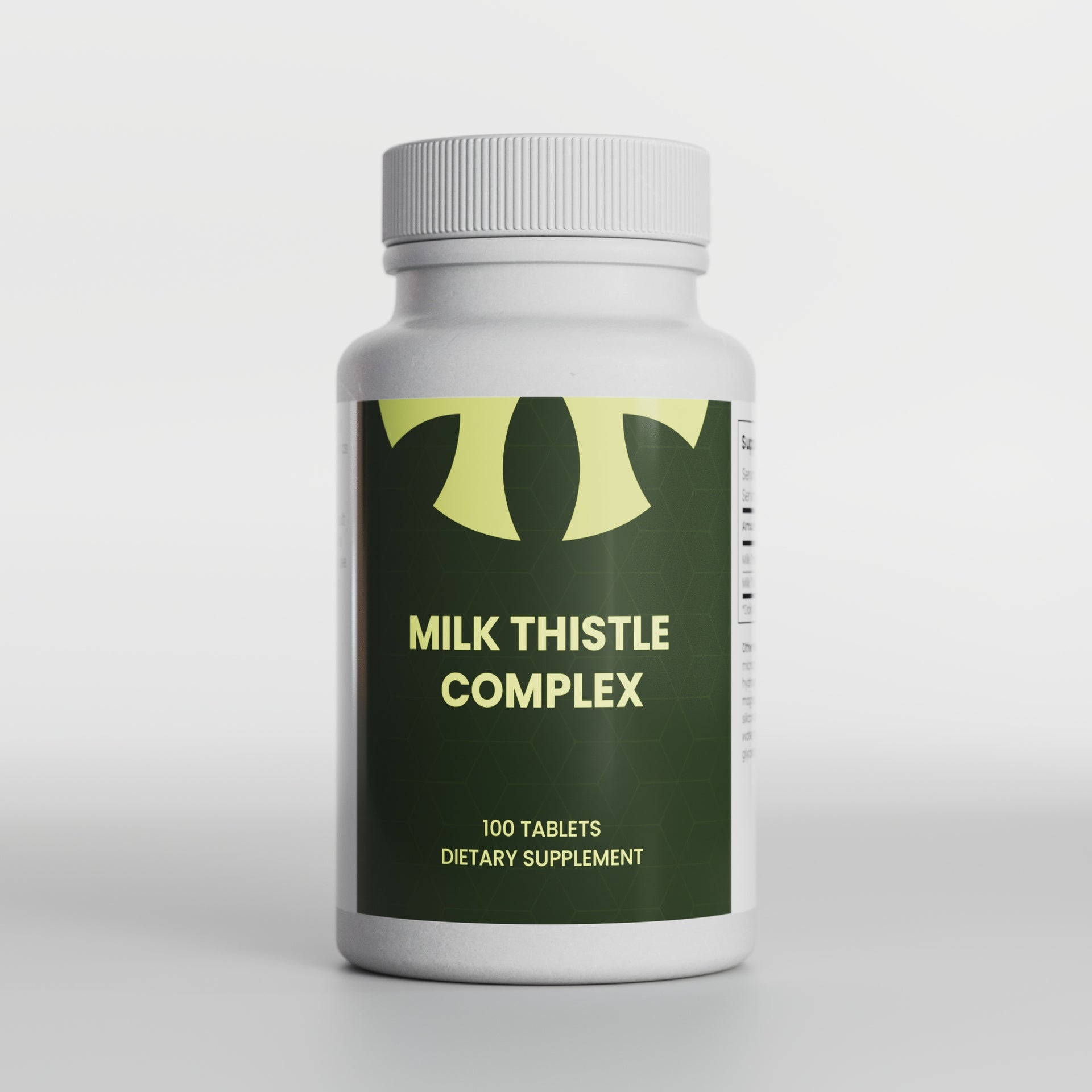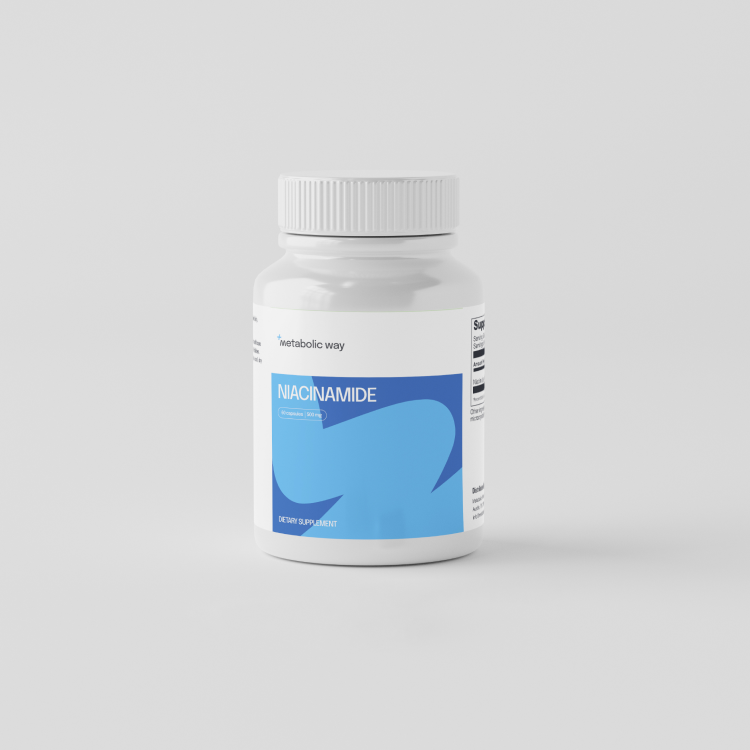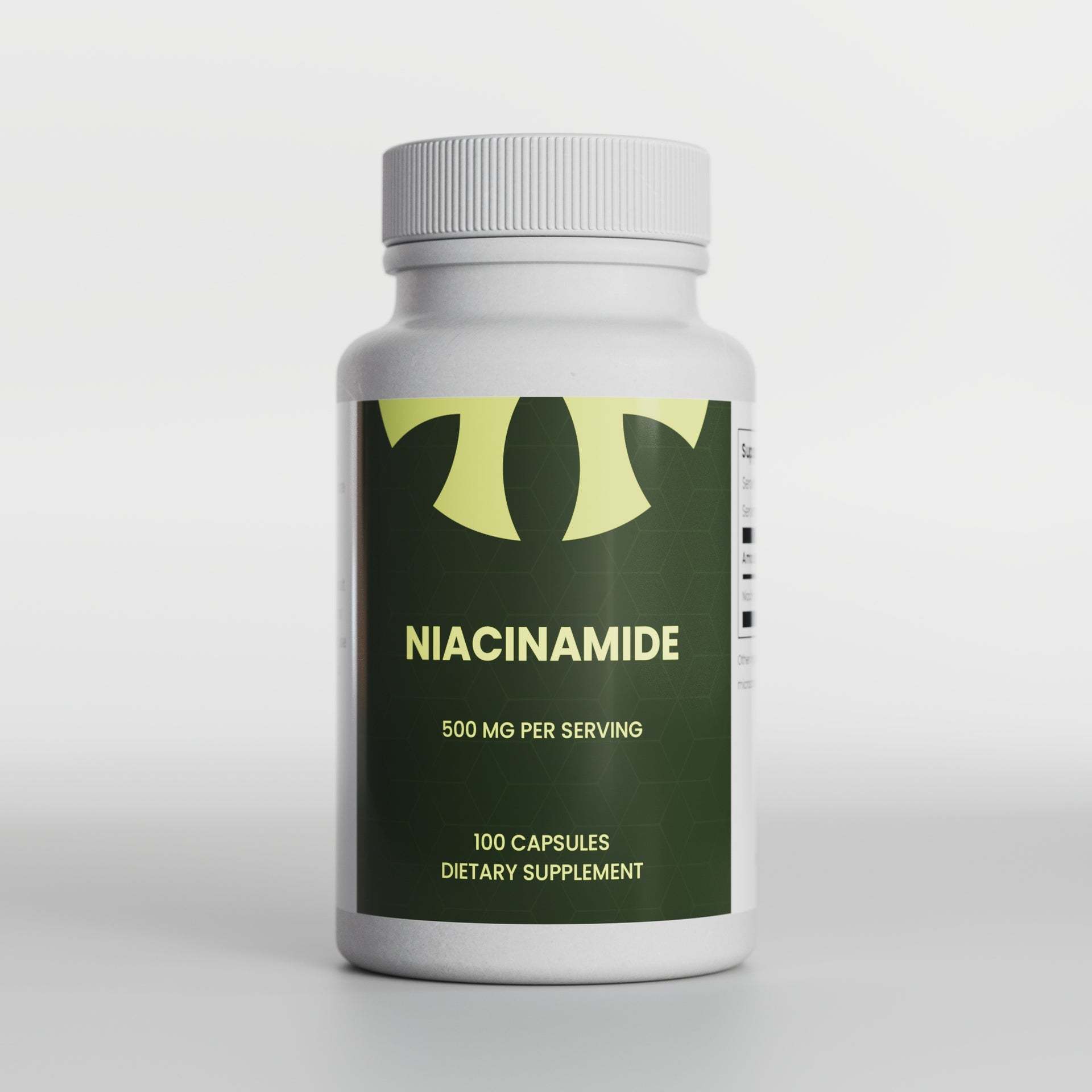Research Highlights:
Main Point 1: CLA: From Bodybuilding Supplement to Disease Preventive Agent
Main Point 2: Understanding CLA: An FDA Investigated Compound
Main Point 3: The Remarkable Health Benefits of CLA
Additional Points: Who Should Consider CLA Supplementation
Introduction
In recent years, Conjugated Linoleic Acid (CLA) has made a remarkable transition from a popular bodybuilder's supplement to a subject of intense scientific investigation for its potential in disease prevention. This transformation has been fueled by an array of compelling findings that hint at CLA's multifaceted health benefits. In this article, we delve into the exciting world of CLA, exploring its origins, its role in preventing diseases, and who stands to gain the most from its supplementation.
What You Need to Know
Point 1: CLA, a natural polyunsaturated fatty acid found in foods, has garnered attention for its ability to divert glucose into muscle cells and connective tissues instead of fat storage. This property makes it a favorite among athletes and bodybuilders.
Point 2: The FDA has initiated research into CLA's disease prevention potential, particularly its reported antioxidant and anticarcinogenic properties. This underscores the significance of CLA in the realm of health and wellness.
Point 3: CLA's health benefits extend beyond preventing fat storage. It has demonstrated anticancer properties, immune system stimulation, and a unique mechanism for fat burning. Moreover, it plays a crucial role in maintaining the integrity of cell membranes.
Point 4: Individuals over the age of 40 can potentially reduce their risk of heart disease, cancer, muscle atrophy, and obesity through CLA supplementation. The dosage varies, with healthy individuals typically taking four to six 750 mg capsules daily, while cancer patients and those seeking fat reduction may require higher doses.
Section 1: CLA's Disease Preventive Potential
CLA's journey from a fitness supplement to a disease preventive agent is captivating. Explore how this compound, once primarily associated with muscle enhancement, is now at the forefront of scientific research for its potential in mitigating diseases.
Subsection 1.1: Investigating CLA - An FDA Perspective
Discover the FDA's interest in CLA as a disease preventive substance. Learn about the agency's research initiatives and the significance of CLA's reported antioxidant and anticarcinogenic properties.
Subsection 1.2: Unraveling the Mechanisms - How CLA Benefits Health
Dive deep into the mechanisms through which CLA exerts its health benefits. From anticancer properties to immune system stimulation, uncover the science behind CLA's disease preventive potential.
Section 2: CLA and Cellular Health
Explore the role of CLA in maintaining cellular health. Discover how this natural fatty acid enhances cell membrane function, allowing for the efficient flow of nutrients into active cells while preventing fat storage.
Section 3: Who Stands to Benefit from CLA
Uncover the target demographic for CLA supplementation. Learn why individuals over the age of 40 can significantly reduce their risk of various health conditions by incorporating CLA into their daily routine.
Summary
In summary, Conjugated Linoleic Acid (CLA) has transcended its status as a fitness supplement and emerged as a potent player in disease prevention. From its investigation by the FDA to its remarkable health benefits, CLA offers a promising avenue for those looking to enhance their well-being and reduce the risk of chronic diseases.
Don't miss the opportunity to explore the multifaceted potential of CLA and consider its incorporation into your daily health regimen.
References:
- Pariza, M. W., & Hargraves, W. A. (1985). A beef-derived mutagenesis modulator inhibits initiation of mouse epidermal tumors by 7, 12-dimethylbenz [a] anthracene. Carcinogenesis, 6(5), 591-593.
- Belury, M. A. (2002). Dietary conjugated linoleic acid in health: physiological effects and mechanisms of action. Annual Review of Nutrition, 22(1), 505-531.
- Sugano, M., Tsujita, A., & Yamasaki, M. (1997). CLA: its effects on obesity and the related metabolic syndrome. The Journal of Nutritional Biochemistry, 8(4), 193-197. 4. West, D. B., Delany, J. P., Camet, P. M., Blohm, F., Truett, A. A., & Scimeca, J. (1998). Effects of conjugated linoleic acid on body fat and energy metabolism in the mouse. The American Journal of Physiology, 275(3), R667-R672.
- Zabala, A., Churruca, I., Macarulla, M. T., Rodríguez, V. M., & Fernández-Quintela, A. (2006). Effects of trans-10, cis-12 CLA on liver size and fatty acid oxidation under energy restriction conditions in hamsters. British Journal of Nutrition, 95(01), 44-51.
